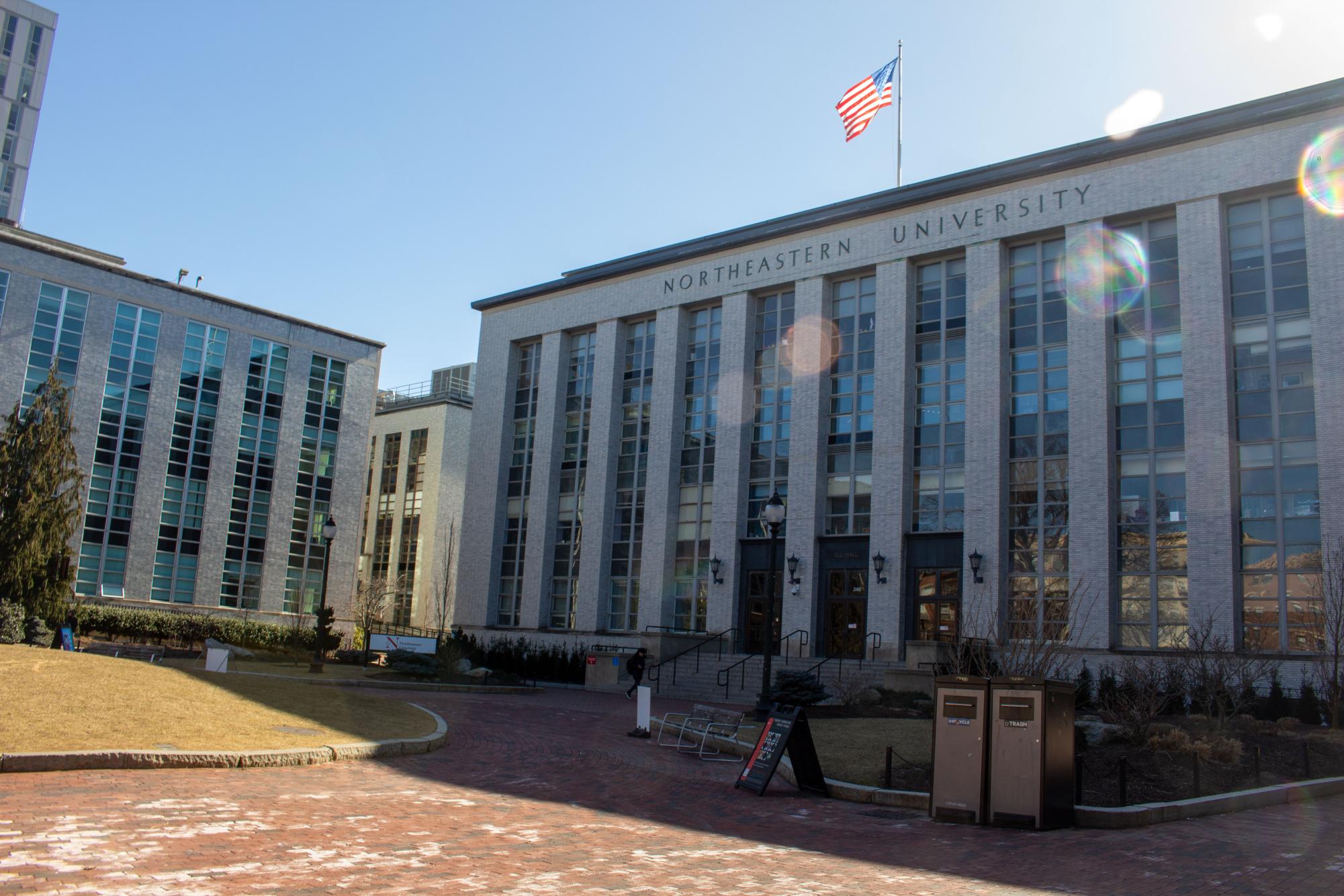Northeastern’s ever-growing Boston campus started out small. The school, founded in 1898, began teaching classes out of the YMCA of Greater Boston on Huntington Avenue.
More than 125 years later, the campus occupies 67 acres of land, rapidly expanding over the last several years onto Columbus Avenue with the construction of the Interdisciplinary Science and Engineering Complex and EXP. The university has also expanded into Back Bay, converting the south tower of 39 Dalton St., also known as the Sheraton Boston Hotel, into student housing.
On campus, Snell Library and 716 Columbus Ave. are both undergoing renovations, which are expected to be completed by the end of this year. Northeastern also received approval March 14 to construct a 1,370-bed residential building at 840 Columbus Ave. to accommodate its growing student population.
And the campus will continue to change significantly over the next decade. Northeastern recently made its proposed 2024-2034 institutional master plan public, which revealed goals to demolish buildings such as White Hall, Matthews Arena and the United Realty Complex, made up of Lake, Meserve, Nightingale and Holmes halls. In their places would be a new residential building, multi-purpose athletic facility and academic building, respectively.
Still, Northeastern’s Boston campus holds much of its history in its buildings, several of which were constructed in the early and mid 1900s. As the university plans to trade in historic buildings for ones that reflect modernity, The News dug through the Northeastern Archives to take a look back at how the campus has changed since its founding.
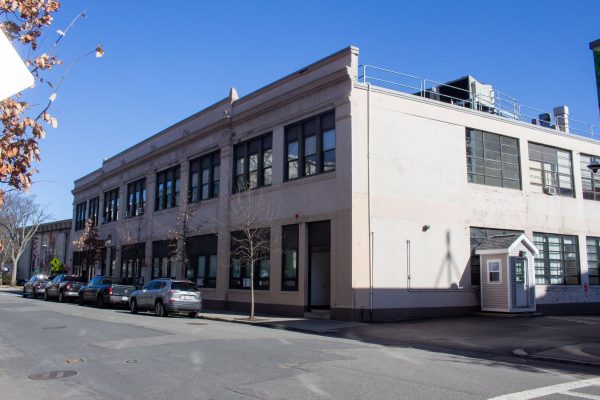
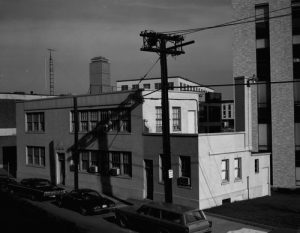
Today, the Forsyth Building houses classrooms and the University Health and Counseling Services. The Forsyth Building was considered a temporary site for the Afro-American Institute, which was renamed the John. D. O’Bryant African-American Institute in 1992 and can now be found at 40 Leon St.
Northeastern University was founded in 1898 under the name Evening Institute for Younger Men. Since then, the school’s name has undergone several changes — it was renamed Northeastern College in 1916 and Northeastern University in 1922. Now, with 14 campuses around the globe, including the recently announced merger with Marymount Manhattan College in New York City, and around 40,000 undergraduate and graduate students in Boston, the university has greatly expanded. Last October, it even celebrated its 125th birthday with festivities on campus.
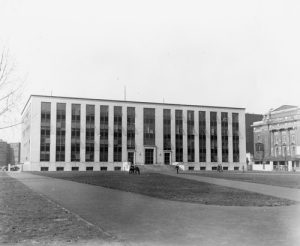
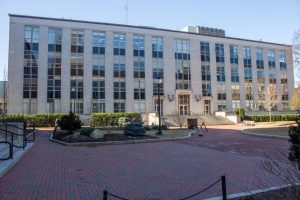
Located adjacent to Krentzman Quad, Richards Hall is an academic and administrative building where classes and certain offices, like the John Martinson Honors Program and College of Sciences offices are. It was the first building to be a part of Krentzman Quad.
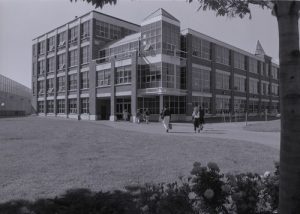
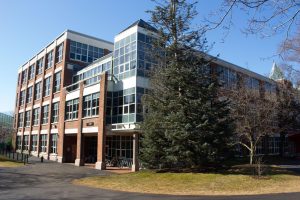
Ryder Hall is home to the College of Arts, Media and Design, and is named after Kenneth Ryder, Northeastern’s fourth president who served from 1975 to 1989. Before Ryder Hall became what it is today, it was home to the United Drug Company, a pharmaceutical manufacturer.
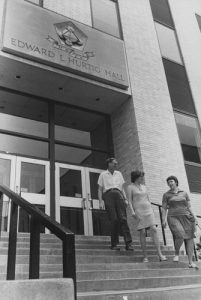
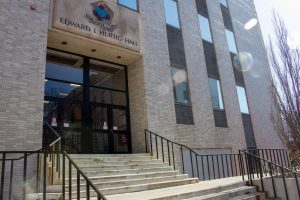
Hurtig Hall encompasses science labs, classrooms and offices. Carl R. Hurtig, a Northeastern alum, entrepreneur and inventor, named the building in honor of his brother, Edward L. Hurtig.
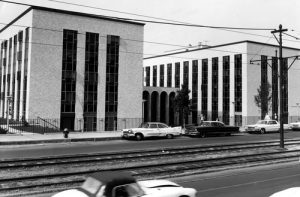
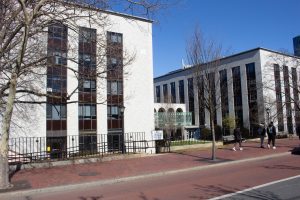
Speare Hall is a first-year residence hall that used to be home to the Boston Opera House. After Northeastern acquired the property, it was named after the first president of Northeastern, Frank Palmer Speare.

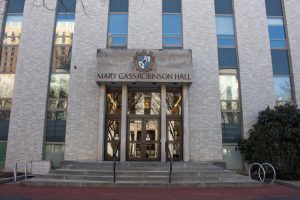
While some students complained that Robinson Hall is outdated, it’s still used today as office space and has not changed much in over 40 years. In 1968, the hall was home to the physical therapy department, and before that the College of Nursing used it.
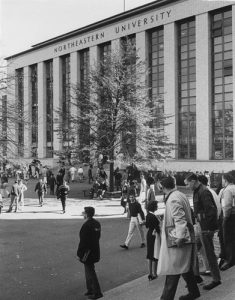
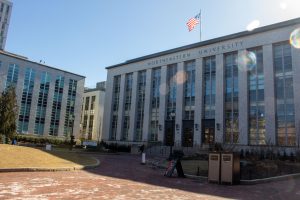
Ell Hall is Northeastern’s flagship building, where the Blackman Auditorium and the Asian American Center annex is located. The building housed the iconic golden Husky statue, which was installed in 1962 and,to this day, students rub the Husky’s nose for good luck.
The first school to be established at Northeastern was the School of Law, which graduated its first class in 1902. Then in 1943, during World War II, Northeastern began to admit women into its full-time day programs to compensate for the men who enlisted with the military; the school has remained co-ed since. Once the war ended, Northeastern expanded yet again, adding several colleges including the College of Professional Studies and the School of Criminology & Criminal Justice.
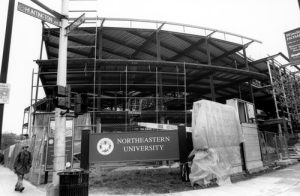
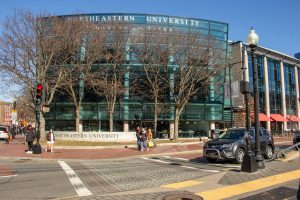
The building serves the same purpose as it did almost 30 years ago: a gym. The Marino Recreation Center was named after Northeastern alum Roger M. Marino, whose philanthropic donation made the gym possible.

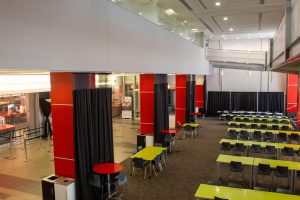
The John A. and Marcia E. Curry Student Center is Northeastern’s hub for student activity. The food court once housed Pizza Hut and now offers Popeye’s and Tu Taco, as well as classrooms and office spaces that are frequently used by student organizations and clubs in the upper floors.
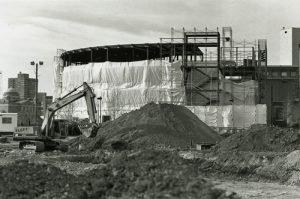
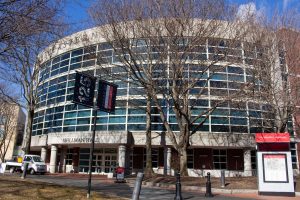
Shillman Hall, located near Centennial Common, is a busy building with heavy student traffic. It was made with classrooms, a photography studio and a Dunkin’, which makes the building an attractive space for coffee lovers and college students alike.

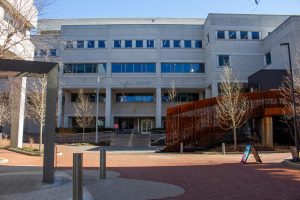
Northeastern’s main library may look similar now to how it looked back then, but the interior of the study space has gone through many changes. Northeastern began a renovation project to revamp each floor in January 2023, and since then the front entrance, fourth floor and basement have reopened, while the second and third floors are currently undergoing renovations.
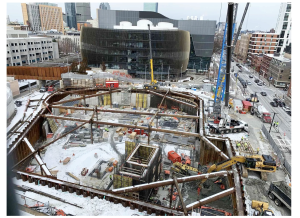
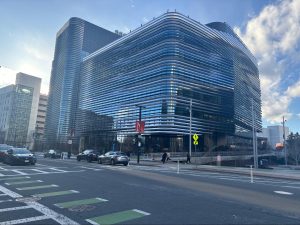
EXP is Northeastern’s newest building on the Boston campus. The building opened in late 2023 and houses a makerspace, classrooms, the Faculty Club restaurant and study spaces.



